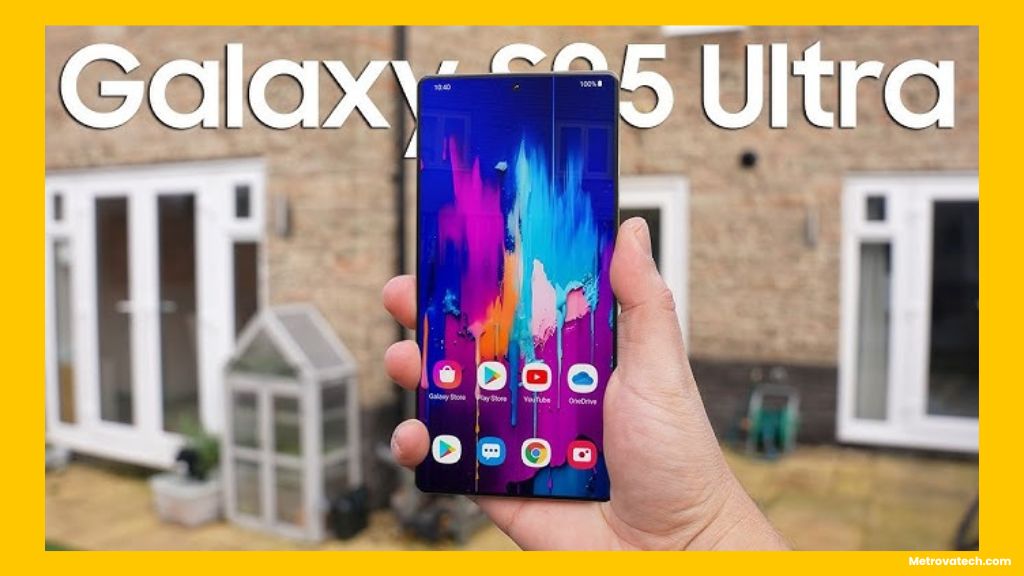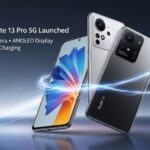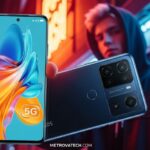There’s something thrilling about opening a brand-new Samsung flagship and wondering how its camera will perform when it matters most—at night, at a party, or zooming in on distant details you can barely see. If you’re eyeing the Galaxy S25 Edge, you probably want honest answers: Are those 200 megapixels for real? Does AI make night photos as crisp as they look in ads? Can digital zoom compete with dedicated lenses? I’ve spent the past week using the S25 Edge in real-world situations, from city lights to low-lit cafes, and I’m here to break down exactly what you get—including where it shines and where it doesn’t.
You don’t need to be a camera geek to follow along. This is a simple, step-by-step walk-through of the S25 Edge’s camera setup, its AI-powered features, and how it stacks up when you hit that shutter in tough lighting. Let’s get into it.
200MP Main Sensor and Camera Setup Explained
Samsung’s Galaxy S25 Edge brings a big promise on paper: a giant 200MP main sensor, a 12MP ultrawide lens, and no dedicated telephoto shooter. At first glance, that might catch you off guard, especially if you’ve used phones with separate zoom lenses. But Samsung has a plan here—lean on the high resolution of the main sensor, then use smart software tricks to crop in and zoom without losing sharpness (at least up to a point).
Why do megapixels matter? Imagine your phone’s sensor as a giant piece of digital paper. More pixels mean you can crop into your shot and still have a sharp image left—this is the secret behind Samsung’s digital zoom. In bright daylight, the S25 Edge captures photos with impressive detail, rich color, and a natural look, thanks to improved color science and smarter processing.
If you’re interested in a technical breakdown, Android Central’s Samsung Galaxy S25 Edge camera review highlights the sensor’s strengths: accurate colors, strong dynamic range, and crisp detail that show up in both wide and standard shots.
Daylight performance highlights:
- Natural, true-to-life colors
- Excellent sharpness, even when cropping in on photos
- Balanced exposure, with skies and shadows both looking good
Testing AI-Powered Zoom and Night Mode: Real-World Results
It’s one thing to look at numbers, but what really matters is how the S25 Edge performs when you need to zoom or shoot at night. Samsung’s approach relies on AI to boost digital zoom up to 10x. The dedicated Night mode also kicks in when things get dark, combining multiple exposures and using smart algorithms to brighten your shots.
Based on camera tests and hands-on results, here’s what stands out:
- AI-enhanced zoom gives sharp results up to 4x, with real detail and little artificial smoothing.
- Night shots look brighter, with more visible detail and less muddiness than past Galaxy models.
- You’ll still notice some noise and softness when pushing zoom levels beyond 4x, especially in very low light.
For more on how phones perform in tough conditions, GSMArena’s Samsung Galaxy S25 Edge review notes that while the S25 Edge produces excellent photos, its digital zoom isn’t quite as powerful as phones with dedicated telephoto lenses.
How AI Zoom Works and What to Expect at Different Levels
Here’s what makes the S25 Edge different: Instead of an extra lens, it uses software magic to zoom in. The 200MP sensor snaps a giant photo, then AI algorithms crop and sharpen the image, filling in lost detail where possible.
What does this mean for you?
- Up to 3x or 4x zoom, most photos look sharp and detailed—great for snapping a far-off sign or animal.
- From 5x to 10x, the AI tries hard, but you’ll spot more grain, smudged edges, and “watercolor” textures, especially in poor light.
- Above 10x, the image starts to fall apart. If you want a reliable zoom for birdwatching or sports, you might miss a dedicated telephoto lens.
When comparing with top night shooters, Amateur Photographer’s Best phones for low light recommends Samsung’s S25 Ultra for its AI-powered editing and night skills, but notes that the Edge model is still competitive for its price, especially if you stick to moderate zoom ranges.
Night Mode and Low Light Photography in Action
Night mode is where the S25 Edge tries to pull ahead. In practice, it does a good job turning nearly black scenes into bright, usable photos. The phone combines several frames, each shot with a slightly different exposure, and then stacks them using AI to remove noise and clarify shadows.
Strengths you’ll notice:
- Buildings and faces stay visible, even under streetlights or in a dim bar.
- Colors look more realistic than in many other Android phones.
- Shadows aren’t as muddy, and highlights (like bright signs) don’t blow out as easily.
Where it can still struggle:
- If you move while shooting, you might see blur or soft edges.
- Occasionally, bright lights can create “halos” or clip details.
- Extreme darkness still adds noise, especially at high zoom.
Quick tips for best night shots:
- Hold the phone steady or rest it on something solid.
- Let Night mode finish processing before moving.
- Avoid zooming above 3-4x in very low light.
For those curious about how well night modes work for starry skies, Space.com’s Best camera phones for astrophotography suggest that Samsung’s top phones can handle some stargazing, but the Edge’s lack of a dedicated zoom lens means results vary for distant objects.
Selfie and Ultrawide Performance: Day and Night
The 12MP front camera is tuned for softer, more flattering selfies, especially in daylight. Skin tones look natural, and portrait mode does a decent job of separating you from the background. At night, the software adds extra brightness, but you might spot some noise or blur if it’s too dark.
The ultrawide lens is a favorite for group shots and dramatic landscapes. In daylight, colors remain punchy, and edge distortion is minimal. When light drops, however, you’ll see a dip in sharpness and more grain—still good for sharing on social media, but less “wow factor” than the main sensor.
Ultrawide and selfie camera takeaways:
- Daylight: Great for big scenes and group photos.
- Low light: Usable, but expect some softness and noise.
- Portraits: Natural skin tone, reliable edge detection in decent light.
Conclusion
The Galaxy S25 Edge camera balances design trade-offs with solid imaging results for most people. If you want a phone that nails daylight shots, offers impressive AI-driven zoom up to 4x, and gives bright, colorful night photos with minimal fuss, this is a strong pick. However, if you often shoot at 10x zoom or demand flawless results in pitch-dark rooms, you may notice the limits of digital cropping and software magic.
Ready to capture your story, day or night? The S25 Edge might be the creative partner you’re looking for.







